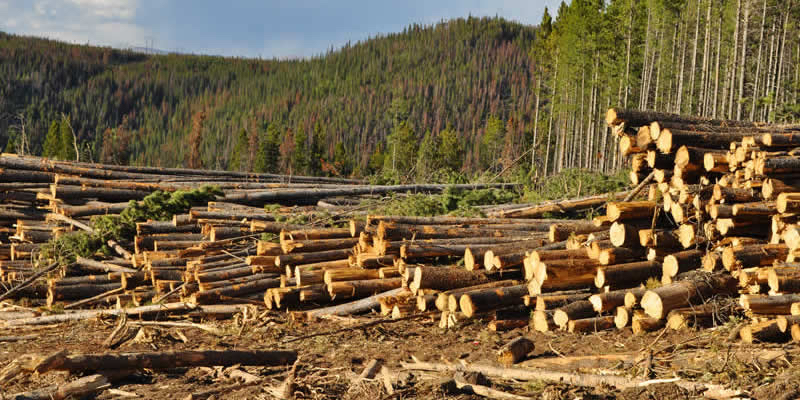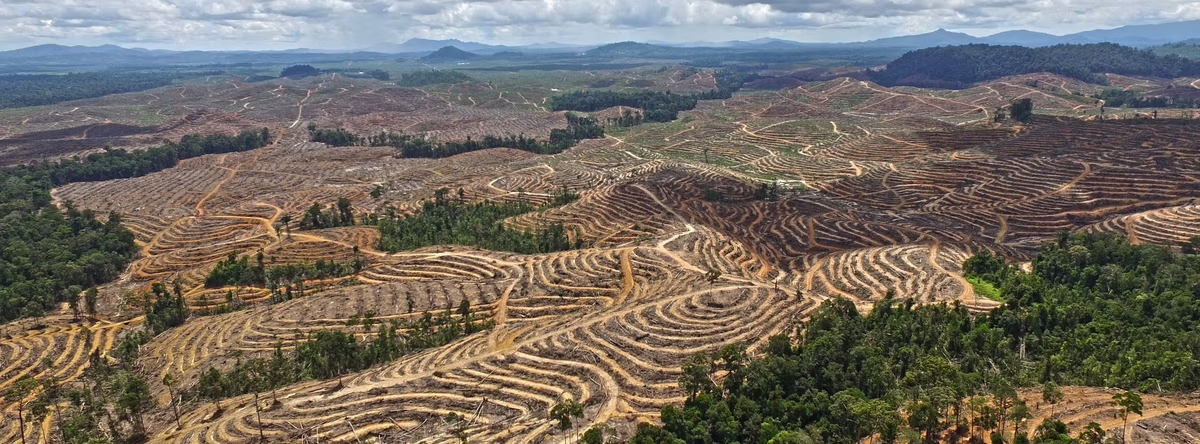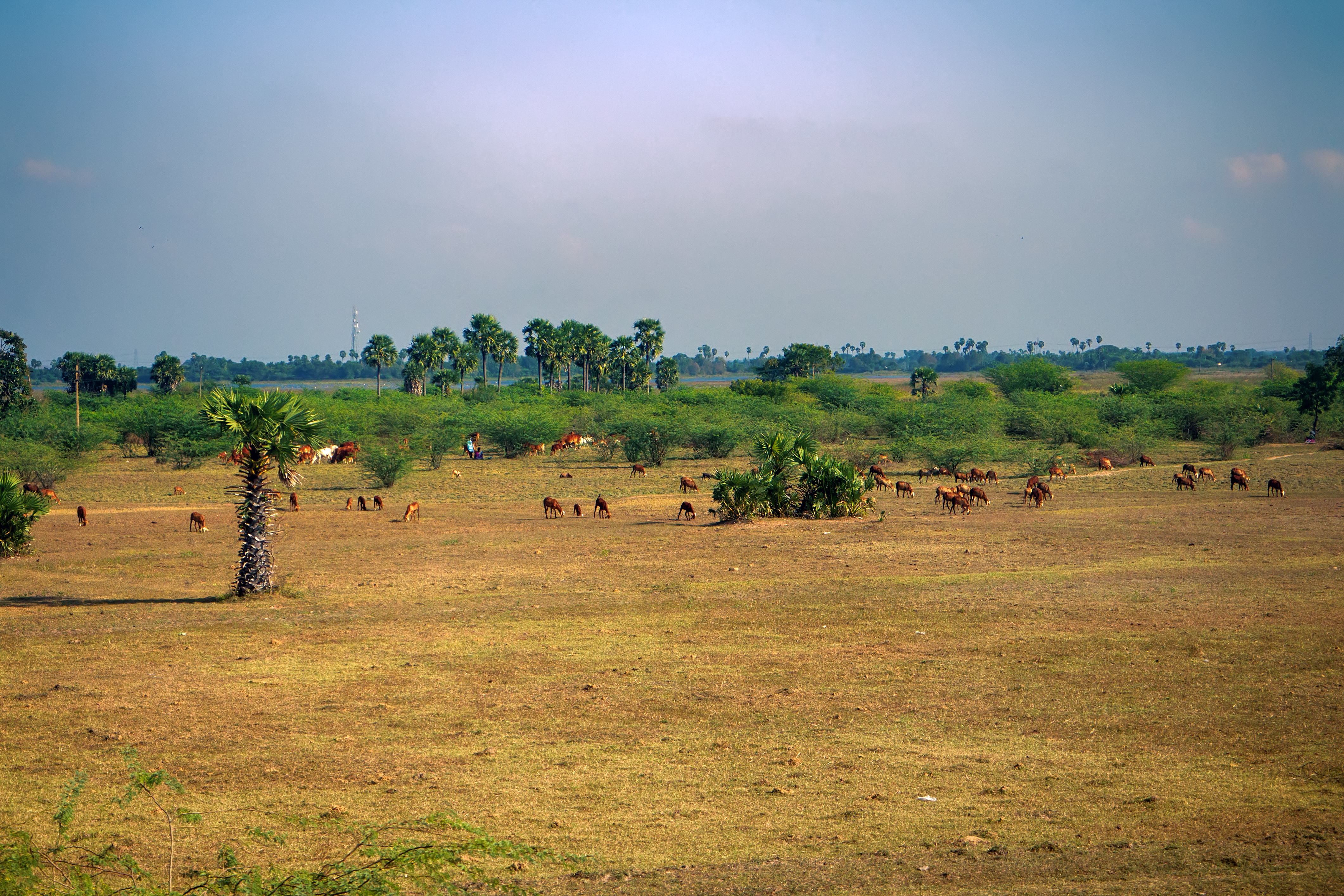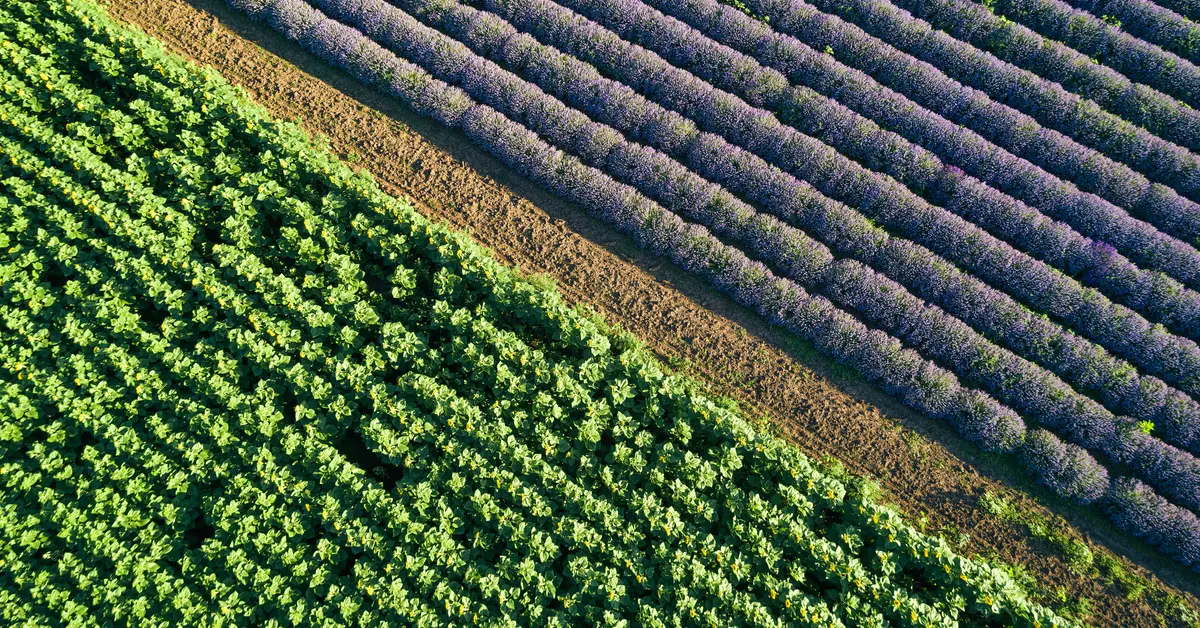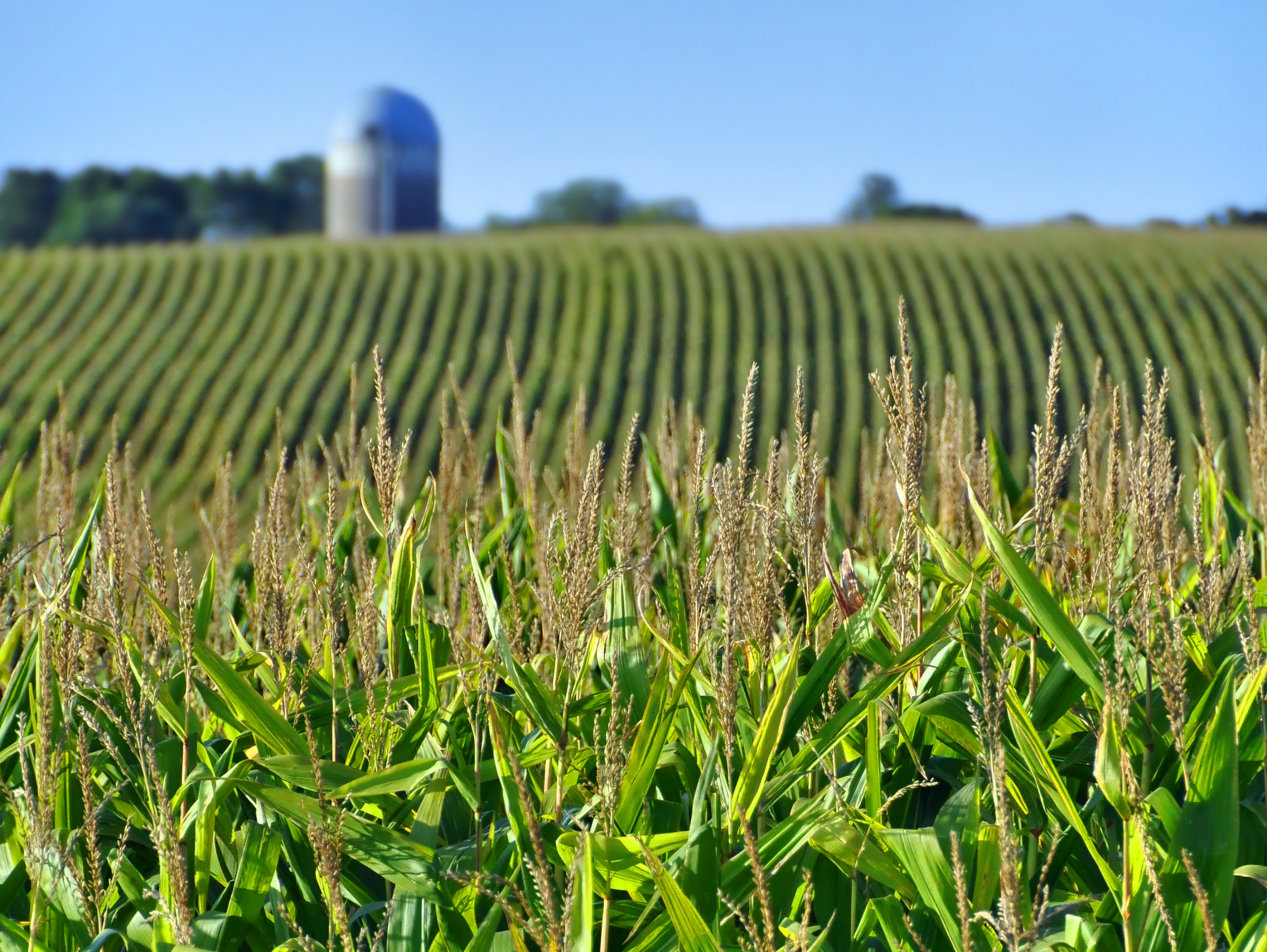Agro Sustainability
Transforming agriculture into a sustainable industry goes beyond discussions about climate change. Nature’s degradation has also occurred due to poor agricultural practices that can no longer be sustained because they are unable to address the challenges of producing safe and high quality food. The United Nations Convention to Combat Desertification (UNCCD) published the Global Land Outlook (GLO) report in 2022 highlighting that up to 40% of the planet's land surface is degraded, affecting almost half of the global population. This degradation includes croplands, forests, wetlands, and grasslands. The GLO report reveals that the primary drivers of land degradation are unsustainable agriculture practices, deforestation, mining, and urbanization.
Increasingly extreme weather and the loss of ozone layer have decreased the lifespan of crops, eroded arable land and contribute to the higher salinization of seas and oceans, but man-made natural erosion must be inevitably accounted for the deforestation of natural environments in favour of agriculture land that has created erosion and the loss of biodiversity and disruption of water cycles.
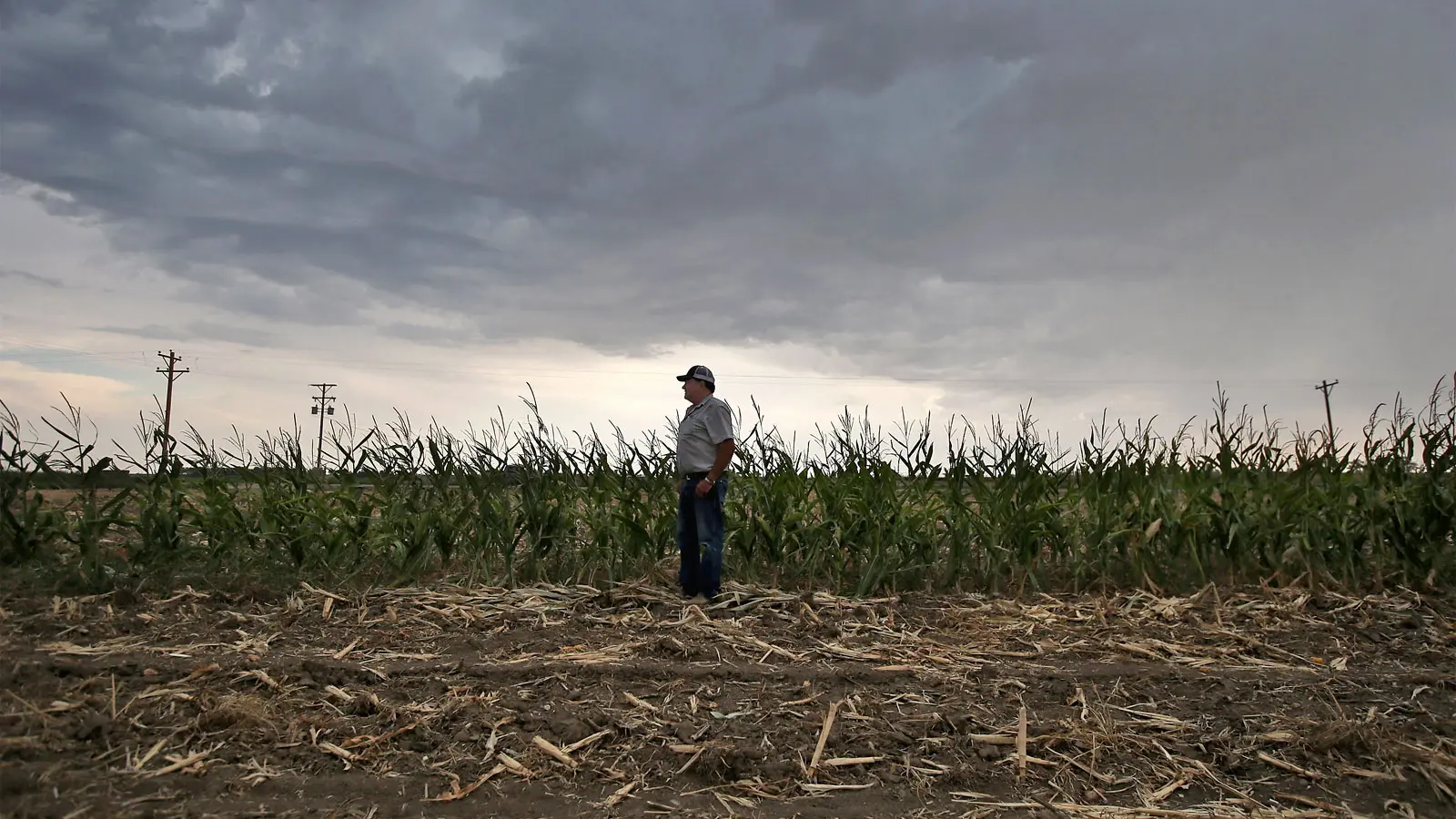
The timber logging industry is the culprit of enormous damage done to the forestry in South America, Eastern Europe, and Congo.
Palm oil plantations in Indonesia are challenging the regulatory efforts of the local government.
Overgrazing by livestock has also degraded soil and vegetation, leading to desertification in countries like Mongolia, Sub-Saharan Africa, the Middle East, North Africa, and Australia.
Continuously planting the same crop also depletes soil nutrients and increases vulnerability to pests and diseases.
Departing from unsuitable agricultural practices
At the end of World War Two, the third agricultural Revolution made that the average wheat production in some places more than doubled. Industrial farming in Europe and North America went from producing three times per hectare with small tractors and small fields, still using horses and a few chemicals, to aiming for tons per hectare in massive fields with large tractors and the heavy use of chemical fertilizers.
Large industrial machines have eroded the soil, and industrial treatment of livestock has caused disease and harder for farmers to produce high quality of produce in farmed animals, who bear unnecessary stress and in some case poor conditions due to massification. In those days, most farmers were small producers unable to afford the machinery, so agriculture became a job harder to sustain a livery for most farmers due to the unaffordability of the new equipment. Agriculture is today an environment of small, precise, and accurate machines and devices, where artificial intelligence is demonstrating that it can contribute to a sustainable and high-yielding farming system. In Africa and Asia, farms are typically no longer hundreds of thousands of hectares but are usually around five hectares, tended by a single family or a few families. Technology, in affordable business models, can allow small farming communities to operate efficiently, yielding not only a livery but a profit.
Why sustainability matters
The future of food is directly related to the future of the environment. A 2020 study published in the journal Land Degradation & Development estimated the global economic cost of soil compaction to be US$68 billion per year, a figure inclusive of yield losses and increased input costs due to compaction in agriculture. Compacted soil hinders root growth, reduces water infiltration, and limits nutrient availability, leading to significant crop yield losses. Our soils are losing vital organic matter, including carbon and nitrogen, becoming dead soil that sieves straight into the rivers and the sea beds.
Intensive vs Industrial Agricultural
These terms are often used interchangeably, but there are some subtle but important distinctions between them.
Intensive Agriculture
Intensive agriculture can be sustainable if the methods and practices aim for sustainability principles of regeneration, recycling, re-purposing, and operational efficiency. The aim of intensive agriculture is to maximise yield per unit of land, so thanks to precision agriculture methods, a smaller acreage of land can yield more than an industrialised one. Even though intensive agriculture tends to grow monoculture (growing a single crop), vertical farming and greenhouse-controlled agriculture are proving to be sustainable.
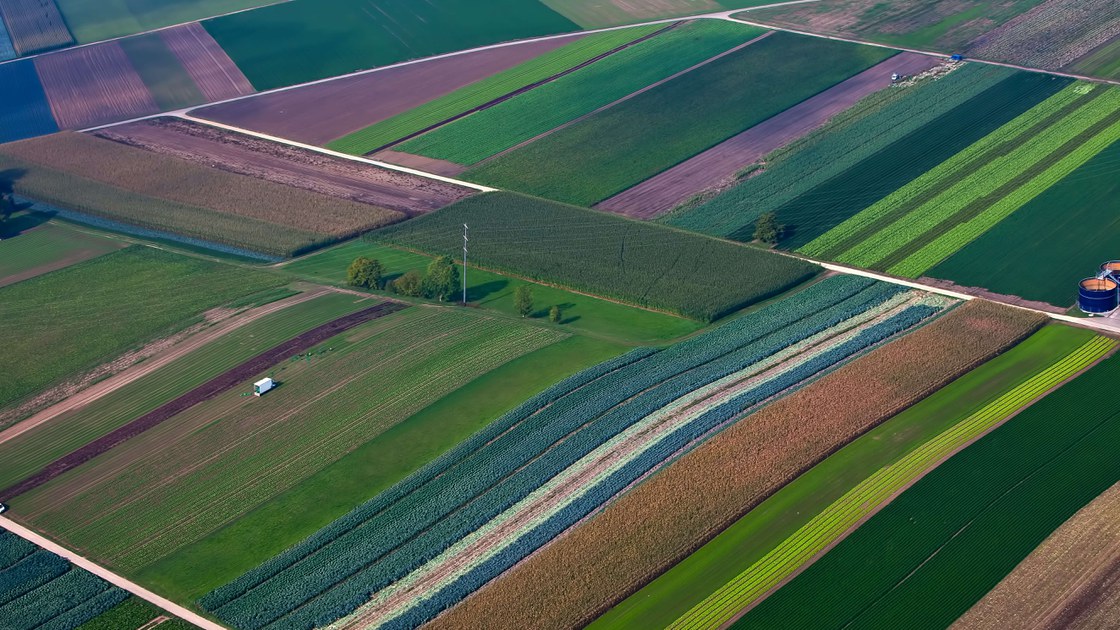
Industrial Agriculture
Industrial agriculture maximises yield and profit on a larger scale by mechanising agriculture – disrupting the natural balance of soil microorganisms and reducing soil organic matter. Extensive use of manufactured chemicals and substances to enhance crop growth and manage pests results in runoff from fields contaminating waterways, causing algal blooms and harming aquatic life. Medium term, industrial agriculture will not be sustainable because the arable land will render no fit for purpose.
Agriculture Strength vs Sustainability in Agriculture
Agriculture has been measured according to its “strength”, that is, the economic indicators that denote its business management and its productivity. This is why industrial agriculture has been considered the way to attain leadership in the sector. Today, the pressure to make agriculture sustainable is changing the weight of this singular perspective, and shifting the sector towards agricultural practices that prove its sustainable approaches. Two additional indicators that measure productivity in agriculture are “labour productivity” and “land productivity”. Production per person begins to become an outdated form of measure when automatization of tasks in agriculture thanks to robotics and ai-driven platforms are able to improve the operational efficiency of agriculture, so the remaining measure, production per area, is the battle ground that technology companies building solutions for the sector are putting the big focus today. If smaller areas are able to produce more, as it is the case of intensive agriculture in controlled farming, greenhouses and vertical indoor farms, area will also become rather obsolete as a measure of sector strength.
Sustainability is increasingly becoming a measure that not only addresses productivity but also the methods and practices deployed in achieving high quality food. The quality of grains is dependent of the percentage of protein and amino acids present in each grain. Industrial farming can produce grains with high yields and consistent appearance. However, there are concerns that these grains may be lower in certain nutrients, like micronutrients and antioxidants, compared to grains grown with more sustainable methods. This is due to factors like soil depletion and reduced biodiversity in industrial systems. If sustainability becomes an attainable goal for small farming communities thanks to artificial intelligence and technologies powered by it, this trend may alter the current market ecosystem, and allow certain countries that focus on sustainable agriculture to compete with proven attributes and business models that guarantee the higher quality of their produce.
Case Study: How India is creating a model for sustainable agriculture at scale
India has numerous national schemes and programs dedicated to sustainable agriculture, like the National Mission for Sustainable Agriculture (NMSA), Paramparagat Krishi Vikas Yojana (PKVY), and the Soil Health Card Scheme. This demonstrates a strong commitment at the national level where the central government of India promotes a wide range of sustainable practices, from organic farming and agroforestry to conservation agriculture and natural farming, recognizing the need for diverse solutions to suit different contexts. Many initiatives focus on empowering farmers and building their capacity through programs like Farmer Field Schools and Self-Help Groups but perhaps the biggest potential for adoption, amidst a vast agricultural sector and large number of farmers, is to measure how successful these initiatives can become to deliver the impact that the government so ardently seeks.
Translating policies into effective action on the ground remains a challenge as inadequate infrastructure, limited access to finance for small farming communities, and bureaucratic hurdles can hinder progress. Nevertheless, these are being addressed thanks to improved data collection and monitoring systems that track the adoption and impact of sustainable practices more effectively. The Indian government is also creating bilateral and multilateral trade agreements that aim to create better market access for the local sustainably produced goods to enter the international export markets, a crucial incentive for Indian farmers and a way to ensure the economic viability of these practices as a demonstration that sustainable agriculture does pay off at all levels.
Why the success of India’s sustainability agriculture matters
Developed countries like those in Europe and North America often have more advanced technologies and infrastructure for sustainable agriculture. However, they may face challenges related to high input costs and consumer preferences for cheap food. Many countries in Africa and Latin America share similar challenges with India, such as poverty-challenged farming communities, smallholder farming systems, and climate change vulnerability. However, they may have less developed policy frameworks and resources for promoting sustainable agriculture, which is positioning India as a model to follow. Countries like China and Japan have made significant investments in sustainable agriculture research and technology, however, they also face challenges related to pollution and land degradation from intensive farming in the case of China, and a decrease in population dedicated to farming activities, in the case of Japan.
If India gets it right, many contradictory idiosyncrasies in established agriculture markets which have challenged the success of sustainability measures may be solved as a necessary reaction:
- The EU's Common Agricultural Policy (CAP), while it includes strong measures to promote sustainable practices, such as reducing pesticide use and protecting biodiversity, has also been criticized for its complexity and potential to favour larger farms.
- The US has programs like the Conservation Stewardship Program and the Environmental Quality Incentives Program that provide financial and technical assistance to farmers for adopting sustainable practices. Still, the success of both remains challenged due to the predominance of its strong industrial agriculture sector that can pose challenges to widespread adoption of sustainable practices.
- Brazil, a leader in sustainable agriculture research with excellent progress in areas like no-till farming and integrated crop-livestock systems, is still haunted by illegal deforestation and land use that prevent sustainable agriculture to achieve its targets.
India's efforts in sustainable agriculture are commendable and hold significant potential for transforming its agricultural sector. While challenges remain, the country's commitment to diverse approaches, farmer empowerment, and policy support put it on a positive trajectory. Learning from the successes and challenges of other countries can further enhance India's progress towards a more sustainable and resilient agricultural system.
As Lead Chair of GPAI, India held during its 2023-2024 term various global events on AI in Agriculture that contributed to this project and which will continue throughout 2025.
